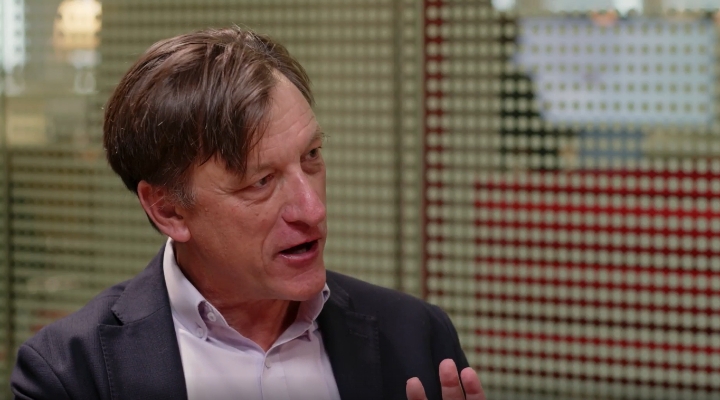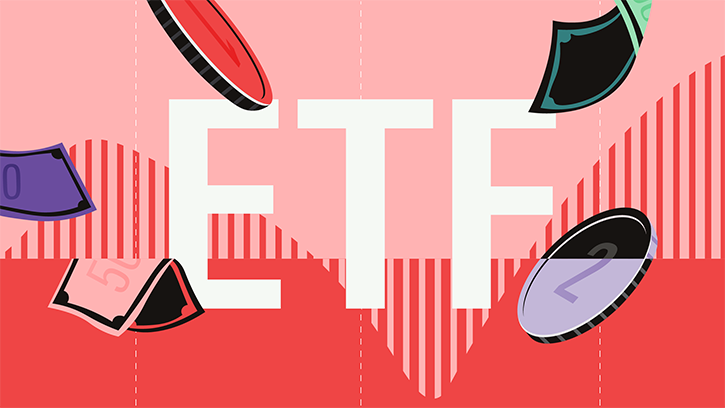
Picking funds presents a vast range of difficult choices, and in a bear market with plenty of headwinds, that choice can be even harder. A big dilemma is whether to go with an actively- managed option or whether to pick a passive index fund.
Put another way: should you put your trust in a manager or go with the attractive low fees of a tracker? Our analysts spend a lot of time mulling this, and its a central focus of their regular Active/Passive Barometer report.
In the one-year period to the end of June 2022, the answer is: probably not.
Our Barometer measures the performance of active funds relative to their relevant passive peers, spanning nearly 30,000 unique active and passive Europe-domiciled funds and over €7 trillion in assets, or nearly three quarters of the total European fund market.
Dress to Unimpress
Morningstar’s passive strategies research team found that, on average, 35% of active funds in the 43 equity categories analysed survived and outperformed their passive peer in the one-year period to the end of June 2022. Only seven equity categories showed a rate of success for active managers above 50% in this period.
According to Morningstar’s Dimitar Boyadzhiev and Jose Garcia-Zarate, the volatility in financial markets from inflation, supply chain issues, and Russia’s invasion of Ukraine, was the type of environment where active managers could have been expected to beat passive peers more easily. These conditions typically incorporate the full downside in market valuations, but the rate of success of active managers "failed to impress".
Active fixed-income managers only performed marginally better than equity managers. In the 23 categories analysed, 40% of funds survived and outperformed, with seven categories showing a one-year success above 50%.
Over the longer term, survivorship is positively correlated with the odds for success – but success remains low, as it did last year. Over the past decade, 21% of fixed-income managers have been successful. Meanwhile, 24% of equity fund managers have been successful, but over half of the 72 categories surveyed had a success rate below 25%.
More so, only three categories – global equity income, UK equity income, and Switzerland property – delivered a success rate where half of active funds outperformed passive peers.
"A key driver has been successful bets on the healthcare and technology sectors, which have delivered impressive performance over the past decade," Boyadzhiev and Garcia-Zarate state.
So by comparing mortality rates between active and passive funds, the team found that the latter have had better odds of surviving over the long term.
"Our analysis shows that the 10-year survivorship rate for active funds in the aggregated group of equity categories has averaged 46% from 2014 to present," they say.
"Over the same period, the average 10-year survivorship rate for passive funds was 60%. In the case of fixed-income funds, the 10-year survivorship rate for active funds has averaged 47%, compared with 62% for passive peers."
Where are the Opportunities?
While it’s apparent fund managers do struggle over the longer term, the Active/Passive Barometer does indicate pockets of more successful funds in different areas based on recent trends and longer-term history.
Boyadzhiev and Garcia-Zarate say: "typically, success rates for active managers are higher in equity categories focusing on the mid- and smaller segments of the cap spectrum compared with large caps or categories. Active funds also have higher odds of success in equity categories, where the average passive peer is structurally biased to exposure to a specific economic sector."
An example of this is the Norway equity category, where passive funds are top-heavy in terms of individual names and come with a high tilt to energy and financials sectors.
For fixed-income, brighter spots can be found in EUR corporate bond and EUR high-yield bond categories, which stood at 43.3% and 39.7%, respectively, over the decade. By contrast, the 10-year success rate for active funds in the global emerging-markets bond−local currency category was 9.1%, while that for USD government bonds was 7.9%.
Methodology
The Active/Passive Barometer evaluates active funds against a composite of actual passive funds, not versus a costless index, to reflect the actual net-of-fee performance of the passive funds available to investors. It assesses active funds based on their beginning-of-period category classification to better simulate the funds an investor would have chosen at the time. It also considers how the average unit of currency invested in various types of active funds has fared versus the average unit of currency in passive funds.
In this midyear edition, Morningstar has enhanced its existing approach by including historical active funds' success rates in the analysis. This addition provides a valuable insight into how active managers have navigated market events in the past and how this affected their short- and long-term performance.




























